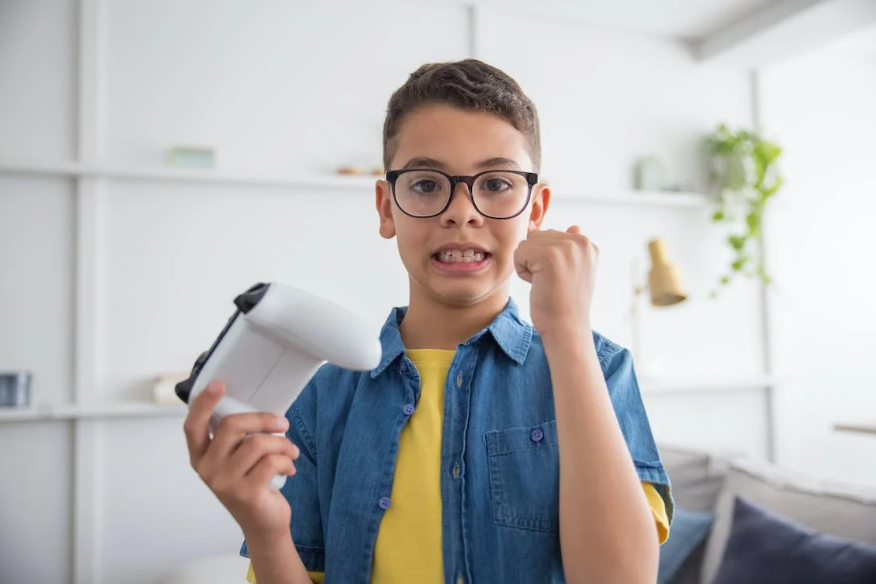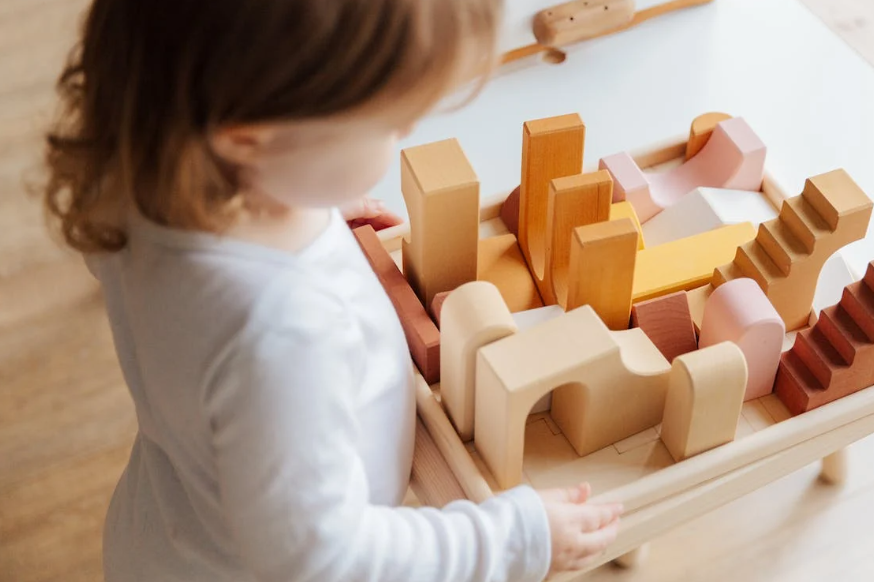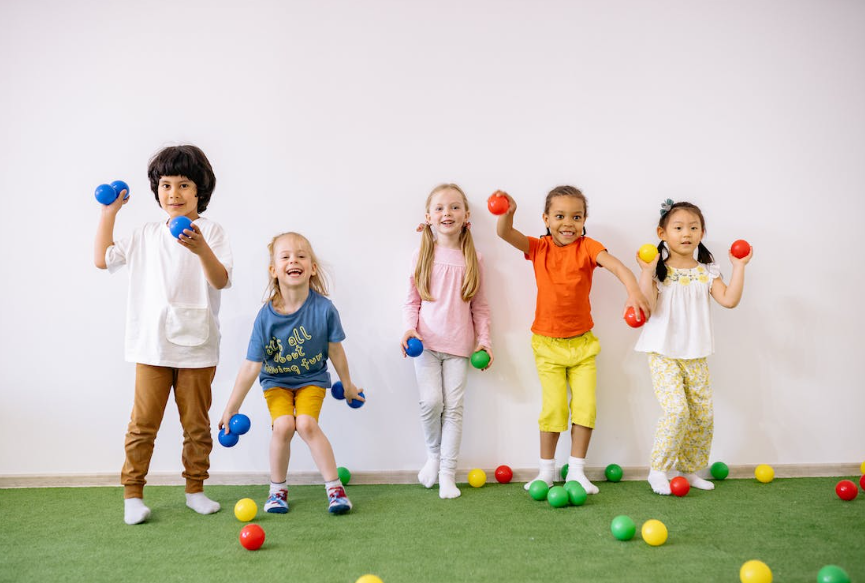Mindfulness Activities
Let’s go over some of the benefits of mindfulness and how it relates to social-emotional learning (SEL). Then, we’ll share tips and activities for teaching elementary students as well as adults on how to practice mindfulness.

Selfpause Affirmation App
Download the app to get 1,000’s of affirmation meditations and everything you need to write, record and listen to your own.
Meditation is a practice that can take many forms. Some forms of meditation are called mindfulness activities. Many medical professionals believe that practicing mindfulness can reduce stress and increase a positive outlook on life. Many activities in this category are designed to promote meditation and mindfulness. These activities are also great for children and can help them develop a sense of mindfulness.
Exercises that encourage mindfulness

Exercises that encourage mindfulness can be very beneficial for both physical and mental health. The most popular form of mindfulness activity for adults is meditation, but there are many other types of exercises you can do to increase your awareness of yourself. Some of these activities are very simple and can be done anywhere. Other mindfulness exercises involve engaging your senses in the outdoors, which is particularly beneficial. Once you begin your practice, you may find it becomes a natural part of your daily life.
One of the most common exercises involves observing yourself while taking deep breaths. Focusing on your breathing and your body from head to toe is a simple yet effective exercise that can increase your mood and improve your relationships. Another technique involves sitting quietly and focusing on the muscles of your shoulders and neck.
Some examples of mindfulness exercises include practicing the STOP method, which stands for “Stop, Take a Breath, Observe, Proceed” and using a breathing board to teach students the core components of mindfulness. Other activities include mindful glitter jars, creative snacking, and mindfulness apps for kids.
Practicing mindfulness exercises can also be a great way to improve your workplace environment. A mindful employee contributes to a positive culture and can be a valuable asset to your organization. Practicing these techniques can also help you focus more on your work, and calm your nervous system. You’ll be more effective at addressing problems in the workplace and being more productive.
Another fun and easy way to encourage children to practice mindfulness is to play a mindfulness game. Kids can play this game by moving until they “freeze.” Then, they can focus on their bodies as they move around the game. For additional fun, you can add music to the game. Children should also engage all of their senses, including touch, look, and smell.
Ways to practice mindfulness

One of the most common ways to practice mindfulness is by bringing your attention to the present moment. This can be done through a variety of activities. One such activity is to stop and observe the surroundings. Take notice of the colors and textures of the objects around you, the sounds they make, and the actions of others.
Another great opportunity to practice mindfulness is while you’re taking a shower. Many people spend this time thinking about things, but the act of taking a shower gives you the opportunity to focus on the present moment and connect with your senses. In addition to noticing smells and tastes, you can also pay attention to sounds and the temperature of the water.
There are other ways to practice mindfulness, including making conscious choices when you’re eating out or when you’re going through a stressful time. Paying close attention to your bed’s comfort is another great way to practice mindfulness. You can also notice how the bed feels while you’re sleeping. Another way to practice mindfulness is to drink water mindfully and notice the weight of the cup, the temperature of the water in your mouth, and the sensations it creates. Another great way to practice mindfulness is to keep a journal and keep track of your thoughts and feelings.
There are a variety of online courses that offer the chance to practice mindfulness. Mindfulness-X, for example, is an online course that combines theory and practice. You can take the course at your own pace and from the comfort of your own home or office. This course includes eight lessons and is based on scientific research.
Ways to introduce mindfulness to children

Practicing mindfulness with kids is an age-appropriate way to help them manage their emotions and stress. Kids can practice this technique by doing activities they enjoy, like coloring. Taking the time to notice the colors, shapes, and textures of everything around them will help them learn to pay attention to their senses. It can also help them cope with frustration, anxiety, and other problems.
Children are highly sensory-dependent, which makes it important to introduce mindfulness at a young age. They are still developing their personality and emotional control, but they are beginning to associate certain feelings with themselves and begin to recognize that they can control the way they feel. In order to help them learn to be more aware of their emotions, they should be taught to recognize how they feel when they are happy or content, and how to feel those feelings in their bodies.
One of the easiest ways to introduce mindfulness to kids is to teach them how to take a deep breath and observe their actions. You can use a breathing board to help your child practice this skill. You can also play the game called “What Are You Doing?” with your children. In this game, students learn how to pay attention and observe what they’re doing. Another activity is the “Mindful or Unmindful Worksheet” which helps them differentiate between mindfulness and unmindfulness.
Another way to introduce mindfulness to children is through books. Children often enjoy books that incorporate songs and actions. You can also use interactive books that allow them to move around and play. You can even have your child tell stories about their own birth or a story about something that happened to them. There are also books designed specifically for children, designed by early childhood experts, that teach them how to do meditation and breathing exercises.
Ways to practice mindfulness in nature

While walking through nature, try to tune in to the sounds, smells, and other sensory elements. Instead of rushing or worrying about finding a good spot for your meditation, let nature be your guide. It can help you to find a peaceful place that inspires your creativity and helps you to focus on the present moment.
You can also practice mindful seeing, which is a technique that involves focusing your attention on the details of things you see. Try to notice different colors, textures, patterns, and movement. Try to imagine that you are seeing something for the first time. Try to focus on a particular sound or colour, and see how it affects your body.
Mindfulness is a great way to connect with the natural world and tap into its power to achieve peace. You can also revisit moments that were triggered by the natural environment later. For example, you can take a moment to listen to the birds in your backyard or to the wind rustling through the nearby trees. Whether you spend a few minutes a day in nature, the experience of observing nature can help you develop a deeper connection with your body and the world around you.
Children can also benefit from practicing mindfulness in nature. For example, taking children on a hike or a camping trip can teach them to notice the natural surroundings. They can learn about the strength and beauty of trees, as well as the warmth of the sun. This helps them learn to appreciate their surroundings, and it can even help them become more resilient and confident. In addition to promoting a strong connection with nature, mindfulness can help children develop environmentally responsible behaviors.
As with any other form of mindfulness, it’s best to practice in a place that is comfortable for you. If you have trouble finding a quiet spot, you may want to try a simple mindfulness exercise in the outdoors. You’ll find it easier than you’d think. If you can practice for at least six months, you’ll have no problem focusing on your breath and other bodily sensations.
Ways to practice mindfulness with the five senses

Using your senses as a guide to practice mindfulness is a great way to improve your awareness. Start by sitting in a comfortable place and bringing your awareness to each sense for one minute. This can be done even when your eyes are closed. This will allow you to experience all five senses in a more intense way.
Engaging the five senses will help you ground yourself in the moment. It will help you become more aware of the things around you and can even help you relax. You can practice this technique anytime you like, anywhere. The five senses include your sense of sight, taste, touch, and smell. Try noticing the slightest scent or taste in the air. You can also try bringing aromatherapy essential oils with you.
When practicing mindfulness, it’s a good idea to go outdoors. Fresh air is good for your health, and nature is very soothing. If you’re practicing outdoors, you’ll want to pack a meditation chair so you can sit comfortably. Once you’ve found a place outside, sit comfortably, close your eyes, and notice your senses. You might even want to isolate sounds to get more out of your senses.
Try focusing on your five senses while you’re outside. You can do this by focusing on the smell of a flower or berry while you’re walking. It’s an excellent way to get into the present moment and get your mind focused. Aside from the smell, other senses are important for maintaining mindfulness.
Another activity that helps students practice mindfulness is to use their five senses to observe things. You can use a mindfulness meditation app to help kids learn the STOP acronym, which stands for Stop, Take a Breath, Observe, Proceed. The goal of these activities is to help children develop self-awareness and self-regulation.
Our Top FAQ's
Some mindfulness activities that can be used with kids and adults include mindful breathing, mindful listening, mindful movement, and gratitude practices. Other activities might include coloring or drawing, journaling, or nature walks.
Mindfulness activities can benefit both children and adults by helping to reduce stress and anxiety, improve focus and concentration, and promote a sense of calm and well-being. These practices can also help individuals to be more present and aware in their daily lives, and to develop a greater sense of self-awareness and self-regulation.
There are many ways to incorporate mindfulness activities into daily routines for kids and adults. One way is to set aside specific times each day for mindfulness practice, such as first thing in the morning or before bedtime. Another option is to incorporate mindfulness into existing activities, such as taking a few mindful breaths before starting a task or focusing on the present moment during meal times.
Some tips for leading mindfulness activities with children or adults include: setting a clear intention for the practice, keeping the activity simple and straightforward, allowing for quiet reflection and self-inquiry, and being patient and accepting. It can also be helpful to model mindfulness yourself and to create a supportive and non-judgmental atmosphere.
There can be various challenges to implementing mindfulness activities with kids or adults, such as difficulty staying focused, difficulty sitting still, or resistance to trying new things. These challenges can often be addressed by being patient and flexible, adapting the activity to fit the needs and interests of the individual, and providing support and encouragement. It can also be helpful to start with shorter practice times and gradually increase the length of the activity as individuals become more comfortable with mindfulness.
